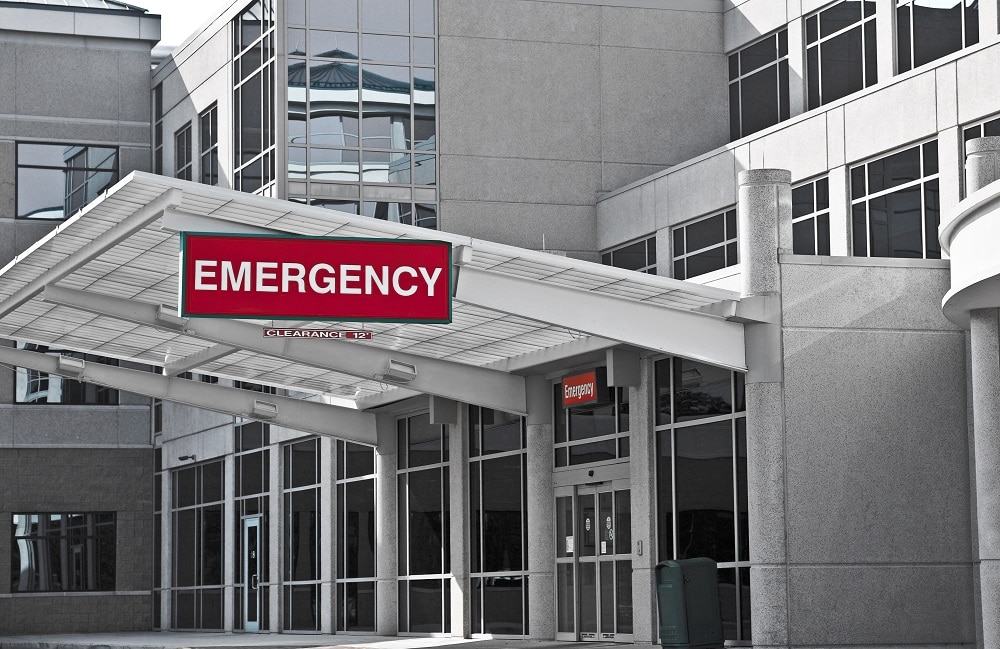Energy Efficiency in Hospitals Leads to Lowered Infection Rates
August 22, 2018
HVAC Systems Need Check-ups Too!
Hospitals are scandalous energy consumers, with a whopping 2.5 times more energy usage than any other commercial building of an equivalent size.

This most notably shows up when the bill comes; a hospital’s yearly energy bill hits an average of $1 million to $3 million, subject to location and size of course, as seen on Energy Manager Today.
Healthcare facilities now have the option to save energy using a host of low-cost means, providing for more comfortable and energy-efficient departments.
As your hospital moves towards more energy efficient measures, the organization conserves funds, all while limiting greenhouse gas emissions and raising the air conditions, Energy Star, the government-backed energy efficiency program attests.
Energy Star suggests some easy steps to start:
•Measure and track energy use; what’s measured gets managed
•Review your equipment routinely that it’s operating as designed
•Coordinate hospital thermostats around occupancy needs, the current time and through seasonal variations
•Retrofit lighting, if it’s ineffective
•Inform hospital teams about the measures they can take towards energy performance
HVAC Installers
Additionally, Energy Star encourages other cost-effective purchases like working hand-in-hand with specialized HVAC service providers to devise a strategy for enhancing energy arrangements at your hospital.
A facility will also benefit from investing in Energy Star-qualified appliances and/or more economical HVAC providers that install and maintain systems now and in the years to come.
Clear Custom Installations Leads to Massive Returns
Just recently, Energy Manager Today pointed out a study termed Targeting 100!, which was handled by the research crew at the University of Washington.
The inquiry identified actions that diminish energy loss by an average of 62 percent by incorporating architectural, mechanical and local plant systems in freshly constructed hospitals.
Investigators applied energy-reduction design fixes including daylight shade controls, vacant room sensors, thermal energy storage and high insulation finishes in windows and walls.
A hospital built with adherence to the guidance of Targeting 100! can annually save $500,000 to $800,000 in energy expenses. You can find more information about Targeting 100! here.
With regards to decreasing energy waste, Forbes contributor William Pentland says one significant goal is to have energy efficiency through cleaner heat and power (CHP). CHP, also attributed to combined heat and power systems or cogeneration, may give the best energy and economic benefits, Pentland notes.
The technology utilizes a power station or a heat engine to produce both heat and electricity concurrently, rendering it a low-emission high-efficiency cause of heat and power.
Because clinics distinctly need many forms of energy usage such as cooling, electricity, steam and hot water, and because they work all day every day, hospitals are exemplary applicants for integrated heat and power conveniences.
Next Actions:
•Get notified about up to date HVAC news through following our blog here.
•Review your facility’s maintenance instruments such as boiler tube cleaners, chiller tube cleaners, descaler systems, hose/pipe cleaners, commercial pressure washers, industrial vacuums and drain cleaners.
